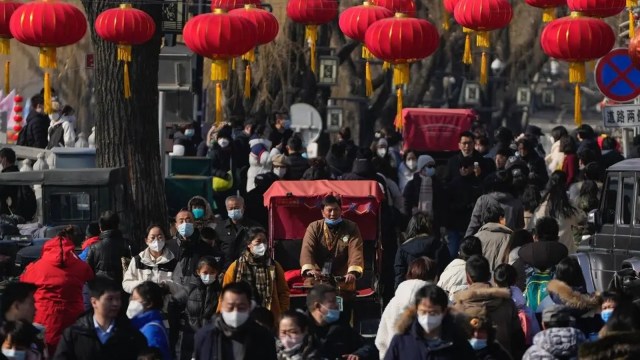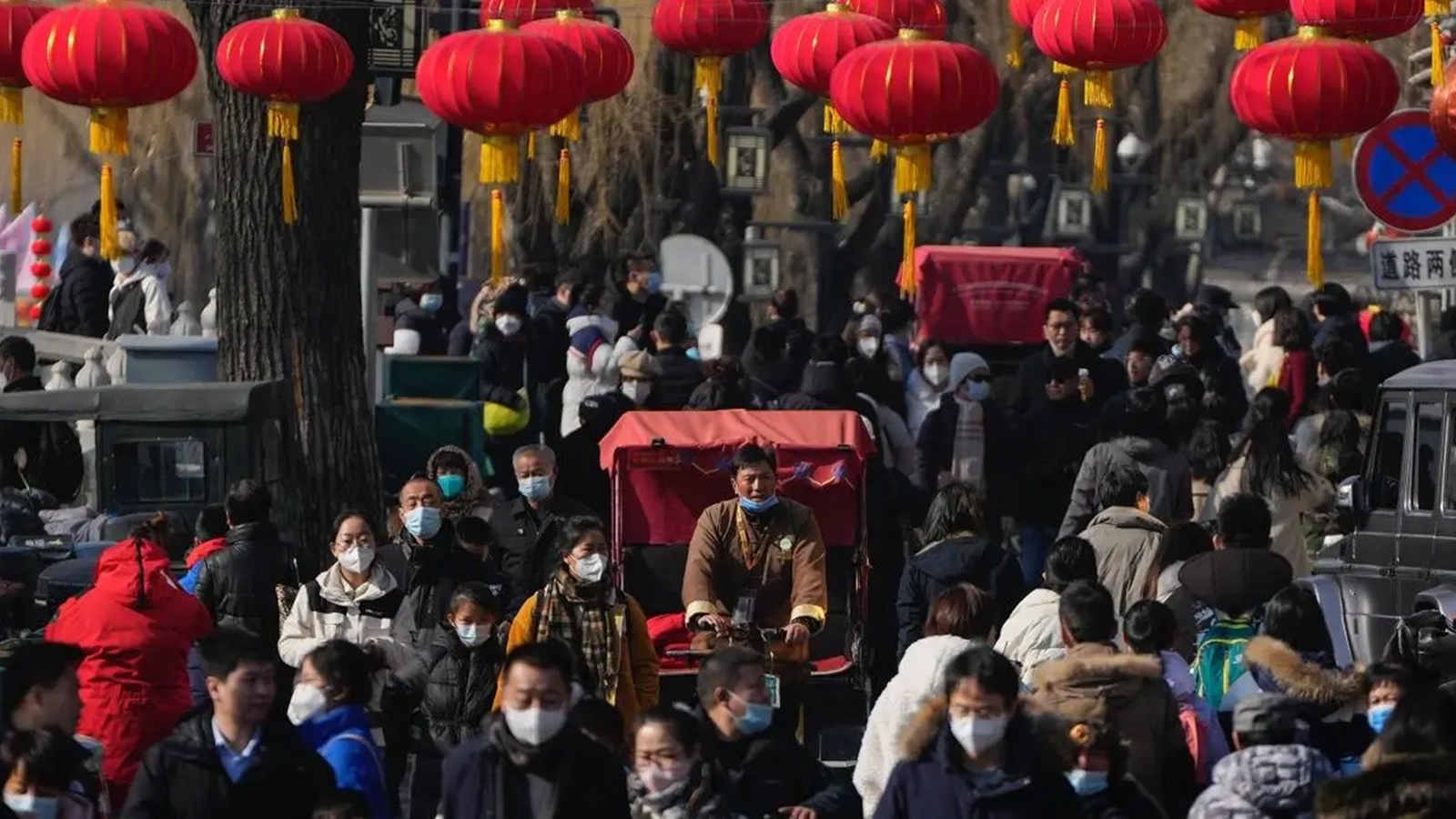
Recently, China reported third-quarter GDP growth of 4.6 per cent year- on- year. Some Indian media outlets ran the headline “China’s economy in free fall,” while others questioned whether China could achieve its annual growth target of 5 percent. Some even advocated “decoupling and de-risking” from China. How can we view the Chinese economy in a comprehensive, objective, and rational manner? I would like to share my personal observations and reflections with Indian friends.
First, China’s economy is not in free fall, and will not be in free fall. A volatile external environment, coupled with internal economic restructuring and short-term natural disasters, has led to a slowdown in China’s GDP growth in the third quarter. Nevertheless, from a long-term perspective, the quarter-on-quarter GDP growth rate has been up for eight consecutive quarters. In the first nine months of 2024, China’s GDP grew by 4.8 per cent, outpacing many other major economies. Furthermore, the development of the high-tech manufacturing industry demonstrates the strong indigenous power of China’s high-quality economy. In the first three quarters of this year, the added value of high-tech manufacturing above the designated size and investment in high-tech industries increased by 9.1 per cent and 10 per cent respectively. The output of green industries, represented by the “new three” items, electric vehicles, lithium-ion batteries, and photovoltaic products, maintained double-digit growth. These indicate that the quality of China’s economy has steadily improved.
Secondly, China is confident of realising its 2024 targets. The Chinese government recently launched a new stimulus package whose breadth, depth and intensity are unprecedented. On the one hand, concrete measures have been introduced to boost the stock market and real estate market and support small and medium-sized enterprises. This will stimulate consumption, improve people’s livelihood and promote residents’ asset status. On the other hand, market barriers are to be reduced. The burden on enterprises and local governments will also be relaxed. As a result, retail sales, industrial production and fixed asset investment figures improved moderately in September. During the National Day holiday, China recorded 765 million domestic tourist trips, and new home transactions doubled year-on-year. Brokerages such as JPMorgan, Goldman Sachs and Nomura have raised China’s GDP growth estimates for 2024.
Last but not least, China is by no means a “risk”. Instead, the Chinese economy is still the primary engine of global growth, contributing more than 30 per cent to the world economy. Decoupling from China would mean decoupling from opportunities, from the future and in a sense, even from the world. In fact, international investors have already voted with their feet. In the first half of this year, 26,870 new foreign-invested companies were set up in China, up by 14.2 per cent. Foreign investment in actual use reached nearly 500 billion yuan ($69.8 billion), a relatively high level over the past decade. Tesla is building another factory in Shanghai, and it took only a month to negotiate and conclude the deal. Apple has established R&D centres in Beijing, Shanghai, Shenzhen and Suzhou, and doubled the number of its R&D staff in China over the past five years. China’s visa-free policies have attracted a good number of foreign travellers. I am glad to see some Indian vloggers tasting Chinese delicacies, visiting the night market and riding the high-speed rail. They have presented an open, safe, vibrant and friendly China through their lenses.
Last week, President Xi Jinping met with Indian Prime Minister Narendra Modi on the margins of the BRICS Summit held in Kazan Russia, reached important common understandings on improving and developing China-India relations, and set the course to steer bilateral relations back on the path of steady development. President Xi pointed out that as time-honoured civilisations, large developing countries and important members of the Global South, China and India both stand at a crucial phase of their modernisation endeavours. The two sides should strengthen communication and cooperation, enhance strategic mutual trust, and facilitate each other’s pursuit of development aspirations. Prime Minister Modi noted that maintaining the steady growth of India-China relations not only concerns the well-being and future of 2.8 billion people, but also carries great significance for peace and stability of the region and even the world at large.
Development is now the biggest shared goal of China and India. China has put forward the goal of building China into a great modern socialist country in all respects through the middle of this century. India also has the vision of “Viksit Bharat 2047”. The contribution to each other’s success between China and India will create huge development dividends and strategic opportunities. I firmly believe that under the guidance of our leaders, China and India have enough wisdom and capabilities for the dragon-elephant tango!
The writer is China’s Ambassador to India



